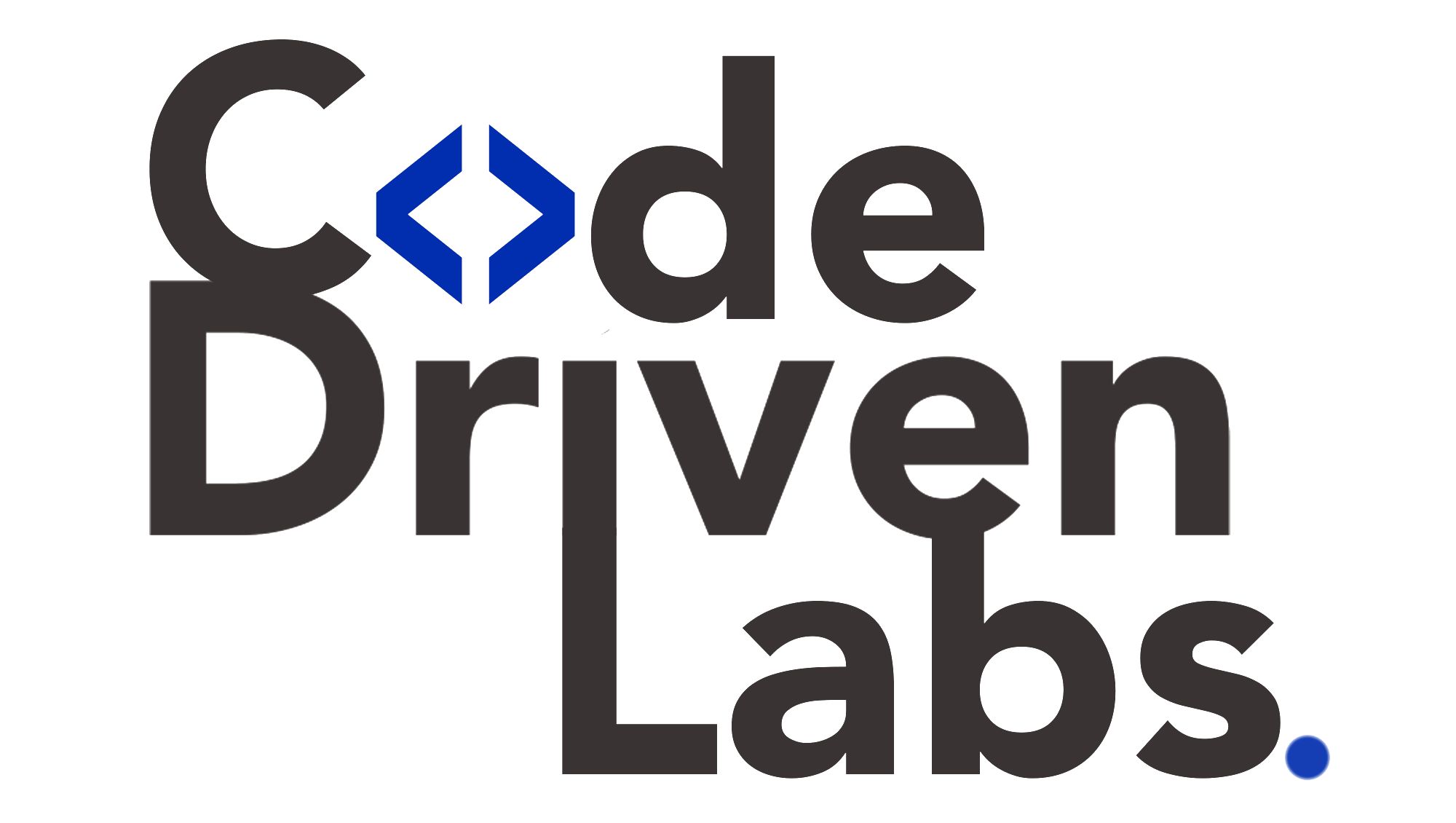Level up your business with US.
- Home
- AI for Government and Public Service Websites: Improving Citizen Engagement
AI for Government and Public Service Websites: Improving Citizen Engagement
September 25, 2025 - Blog
AI for Government and Public Service Websites: Improving Citizen Engagement
In today’s digital-first world, government and public service websites play a crucial role in connecting citizens with the services and information they need. From filing taxes and applying for licenses to accessing healthcare benefits or submitting feedback, these websites are the digital gateways between governments and their people. However, citizens often encounter outdated platforms, slow responses, or complicated navigation systems that diminish their trust in public institutions.
This is where artificial intelligence (AI) is making a profound impact. By integrating AI into government and public service websites, agencies can improve citizen engagement, streamline processes, and deliver transparent, accessible, and personalized services.
In this blog, we’ll explore how AI is transforming government websites, the benefits it offers to citizens and institutions, the challenges it poses, and how Code Driven Labs helps governments implement these advanced technologies to improve citizen engagement.

The Rise of AI in Government Services
Governments around the world are increasingly adopting digital technologies to meet the expectations of modern citizens. AI is at the forefront of this transformation because it enables automation, personalization, predictive analytics, and natural communication interfaces that go beyond static information pages.
By using AI, government websites can evolve into smart service hubs where citizens can:
-
Access personalized information.
-
Get real-time assistance through chatbots.
-
Track service applications without delays.
-
Benefit from predictive services that anticipate their needs.
This not only improves the citizen experience but also reduces administrative workloads and costs for public institutions.
How AI Improves Citizen Engagement on Public Service Websites
1. AI-Powered Chatbots and Virtual Assistants
One of the most significant AI innovations in government websites is the use of AI-driven chatbots. Citizens can interact with these assistants to ask questions, access information, or complete applications—anytime and without waiting for human intervention.
-
Chatbots can handle queries about tax deadlines, document requirements, or service updates.
-
Virtual assistants can guide users through step-by-step processes, such as applying for benefits or renewing licenses.
This ensures round-the-clock engagement, reduces call center demand, and delivers faster service.
2. Personalized Citizen Portals
AI enables personalization, tailoring services to each citizen’s needs. For example:
-
A parent visiting a government website may see information about school registrations and child benefits.
-
A senior citizen may receive quick access to healthcare and pension services.
By analyzing demographics and past interactions, AI ensures each citizen receives relevant information without sifting through unnecessary content.
3. Smarter Search Functionality
Many government websites are notorious for being difficult to navigate. AI-powered search engines equipped with natural language processing (NLP) make it easier for citizens to find information.
-
Instead of searching through long lists of forms, a citizen can simply type, “How do I renew my passport?”
-
AI ensures the search engine understands the intent and provides precise answers.
This reduces frustration and makes public services more accessible.
4. Predictive Services and Proactive Communication
AI can analyze citizen data to provide proactive services. For example:
-
A reminder for upcoming license renewal.
-
Notifications about eligibility for new social programs.
-
Alerts regarding changes in tax laws that may affect a citizen.
This proactive engagement fosters trust by showing governments are not just reactive but are anticipating citizen needs.
5. Multilingual Support and Accessibility
Governments serve diverse populations. AI enables websites to offer multilingual support and even convert content into simpler language for easier understanding. Additionally, AI tools can make websites more accessible for people with disabilities by:
-
Providing speech-to-text and text-to-speech capabilities.
-
Offering AI-driven screen readers.
-
Enhancing navigation for visually impaired users.
This ensures inclusivity and equal access to all citizens.
6. Fraud Detection and Secure Services
Government services often involve sensitive data, making them targets for cyber threats. AI systems can detect suspicious activities in real-time, flagging fraudulent applications or login attempts. This improves security and protects citizen data, which is critical for maintaining trust.
7. Data-Driven Policy Insights
Beyond front-end citizen engagement, AI helps governments analyze massive amounts of data generated from citizen interactions. Insights gained from these interactions allow policymakers to:
-
Identify frequently asked questions.
-
Understand service bottlenecks.
-
Make data-driven improvements to public policies.
This feedback loop makes services more responsive and effective.
Benefits of AI in Government Websites
For Citizens
-
Faster services with AI chatbots and virtual assistants.
-
Simplified access to relevant information.
-
Proactive communication for renewals, benefits, and updates.
-
Greater inclusivity through multilingual and accessibility features.
For Governments
-
Reduced workload for staff by automating routine tasks.
-
Higher efficiency in processing applications and handling queries.
-
Data-driven insights for better policy-making.
-
Stronger citizen trust through secure and transparent digital services.
Challenges of Implementing AI in Public Service Websites
While the benefits are clear, governments face challenges in AI adoption:
-
Data Privacy Concerns – Handling sensitive citizen data requires strict compliance and security.
-
Integration with Legacy Systems – Many government platforms still rely on outdated technology.
-
High Initial Investment – AI implementation requires funding, which can be a barrier for smaller agencies.
-
Training and Adoption – Both staff and citizens need to adapt to AI-driven systems.
Overcoming these challenges requires expert implementation and ongoing support—areas where specialized partners like Code Driven Labs play a critical role.
How Code Driven Labs Helps Governments Implement AI
Code Driven Labs is at the forefront of developing AI-powered websites that transform citizen engagement for governments and public institutions. Their expertise in both AI and web development ensures seamless, secure, and scalable solutions.
Here’s how Code Driven Labs supports government digital transformation:
1. Building AI-Powered Chatbots
They design customized virtual assistants for government websites that can answer citizen queries, guide users through applications, and provide 24/7 support in multiple languages.
2. Enhancing Website Search with AI
Code Driven Labs integrates NLP-driven search engines, ensuring citizens get accurate and contextually relevant results when navigating public service websites.
3. Developing Personalized Citizen Portals
They create tailored dashboards that provide citizens with personalized services, reminders, and updates based on their profiles and needs.
4. Ensuring Accessibility and Inclusivity
Code Driven Labs builds websites with AI-powered accessibility tools, ensuring compliance with global accessibility standards and delivering inclusive experiences for all citizens.
5. Implementing Predictive Analytics
They help governments use data analytics and machine learning models to predict citizen needs, optimize resource allocation, and improve public policies.
6. Prioritizing Security and Fraud Detection
Code Driven Labs integrates AI-driven fraud detection systems that monitor and protect sensitive citizen data, ensuring compliance with strict data protection regulations.
7. Seamless Integration with Existing Systems
They ensure AI tools are integrated with legacy government platforms, enabling a smooth transition without disrupting ongoing services.
The Future of AI in Government Websites
AI adoption in public service websites is still in its early stages, but the future looks promising. Emerging trends include:
-
Voice-activated government services for hands-free interactions.
-
AI-powered sentiment analysis to understand citizen satisfaction.
-
Hyper-personalized experiences that adapt to individual life events in real time.
-
AI-driven transparency tools that explain government decisions in clear and simple terms.
These innovations will further strengthen the bond between governments and citizens by making services more accessible, efficient, and trustworthy.
Conclusion
AI is no longer a futuristic concept for governments—it is a practical and powerful tool that improves citizen engagement today. By enhancing public service websites with chatbots, predictive analytics, smarter search engines, and personalized portals, governments can provide faster, more transparent, and more inclusive services.
The journey, however, requires expertise, security, and seamless implementation. That’s where Code Driven Labs comes in. By designing AI-powered websites tailored for public service needs, Code Driven Labs helps governments bridge the gap between citizens and digital governance.
In a world where trust in public institutions depends on transparency, accessibility, and efficiency, AI-driven government websites are the foundation of stronger, smarter citizen engagement. With the right technology partner, governments can transform not only their websites but also the very experience of governance itself.
